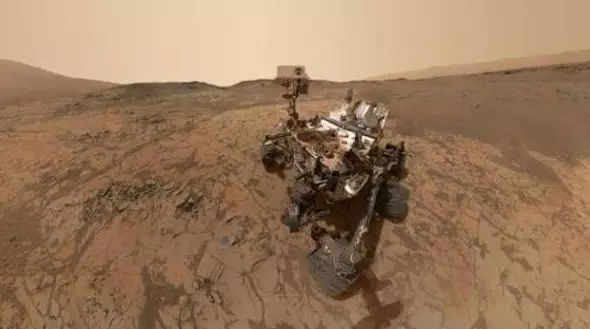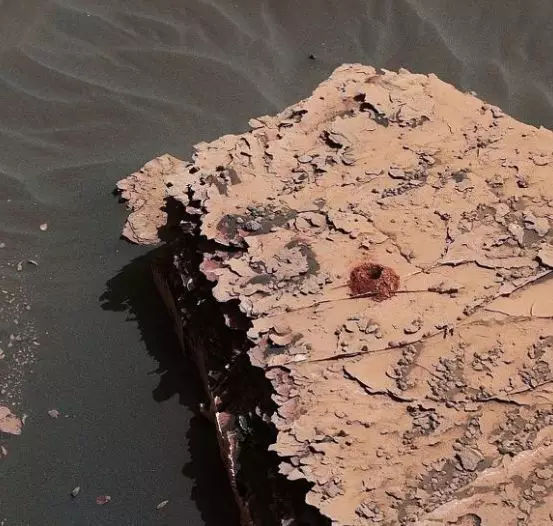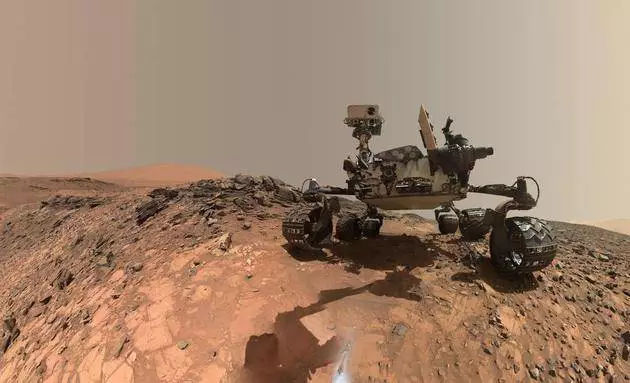According to foreign media reports, NASA held a press conference at 2 pm on June 7 (2:00 am on June 8th, Beijing time) to announce two important discoveries about Mars: 1. Curiosity Mars Rover found organic molecules in a 3 billion-year-old sedimentary rock near the surface of Mars, indicating that Mars may have existed in ancient life; 2. It is found that the methane content in the atmosphere of Mars has seasonal fluctuations or is related to modern Martian life. Although not enough to show that there must be life on Mars, these findings are a good sign for the future of Mars surface and underground exploration missions. The two new discoveries were published in the June 8 issue of Science. It is understood that organic molecules are composed of hydrocarbons and may also include oxygen, nitrogen and other elements. Although usually associated with life, organic molecules can also be produced by abiotic processes, not necessarily evidence of life. “Curious has not yet determined the source of these organic molecules,†said Jennifer Eigenbrode, lead author of one of the two papers at NASA Goddard Space Center, “regardless of the soil in Mars. Organic matter is a record of ancient life, a biological food, or a life-free relationship that provides chemical clues related to the Martian environment and evolution." Although the surface of Mars today is not suitable for life, there is clear evidence that the Martian climate in ancient times allowed liquid water to gather on the surface and form lakes. As far as we know, liquid water is a necessary condition for the existence of life. According to data collected by Curiosity, billions of years ago, a lake in the Gale Crater had all the necessary materials for life, including chemical building molecules and energy sources. In order to find organic matter in the Martian soil, Curiosity carried out sample drilling on sedimentary rocks (also known as mudstone) in four areas in the Gaelic crater. These mudstones were formed by sediments accumulated at the bottom of ancient lakes, which lasted for billions of years. The drilled rock samples were analyzed by a Mars sample analyzer. The instrument heats the sample in an oven above 500 degrees Celsius to release organic matter from the powdered rock. The Mars sample analyzer detected small organic molecules, ie fragments of large organic molecules that were difficult to evaporate, from substances released from mudstone samples. Some fragments contain sulfur. These fragments are more stable and durable due to the presence of sulfur. The results also show that the content of organic carbon is on the order of 10 parts per million, and possibly even more. This is close to the amount of carbon detected in Martian meteorites, about 100 times the amount of organic carbon previously detected on the surface of Mars. The molecules identified this time include thiophene, benzene, toluene, etc., as well as short carbon chains such as propane and butene. In 2013, the Mars sample analyzer found some chlorine-containing organic molecules in the deepest rocks in the Gaelic crater. The new discovery further enriches the molecular species found in sediments from ancient Martian lakes and helps explain why these molecules have survived to this day. After discovering methane in the Martian atmosphere and discovering organic molecules that were preserved in ancient times near the surface, scientists’ confidence has greatly increased. I believe NASA’s 2020 Mars rover and ESA’s “Mars Space Creature†(ExoMars) The rover will also find more organic matter on the surface of Mars and on the shallow surface. “Can these findings indicate the existence of life on Mars?†Michael Meyer, chief scientist of the NASA Mars Exploration Project, asked, “We don’t know. But these results show that we are on the right track.†Interactive Smart Board,Smart Boards,Smart Board Projector,Smart Electric Board APIO ELECTRONIC CO.,LTD , https://www.displayapio.com

